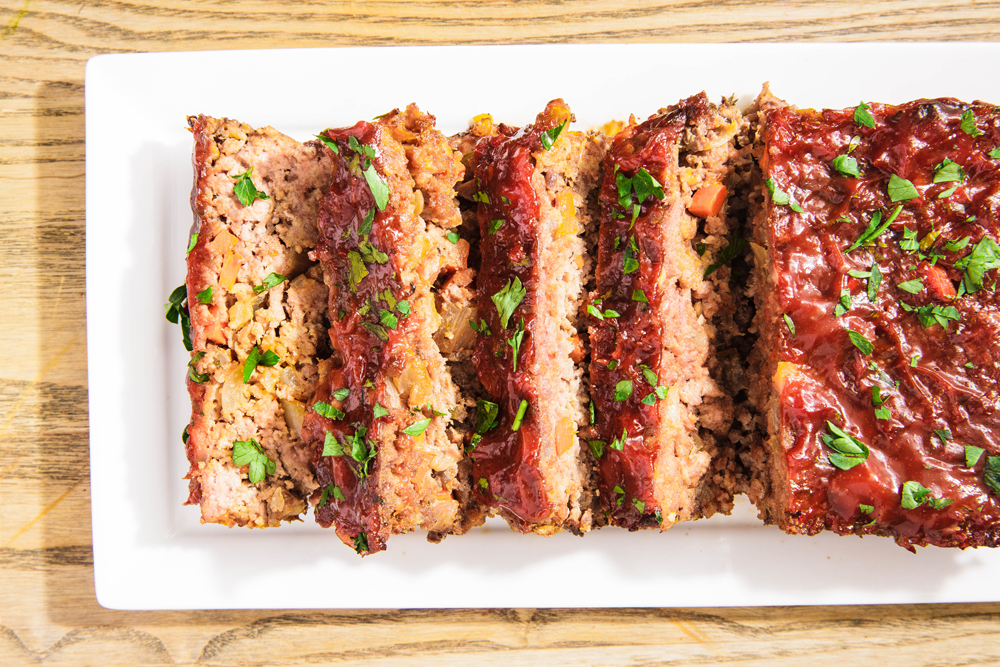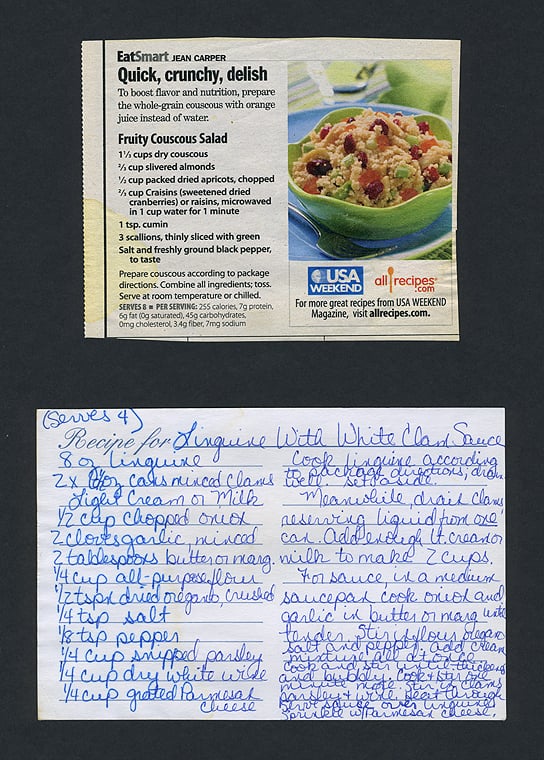
Vernor hurriedly stored his concoction in an oak barrel, and when he returned four years later, the base syrup had aged into something "deliciously different." Vernor lined up his patents, adopted "deliciously different" as his motto, and never looked back. Company founder James Vernor - then a humble clerk at a Detroit drug store and soda fountain - was experimenting with new ginger ale flavors when the Civil War broke out. Legend holds that the recipe for Vernors was arrived at largely by accident. As opposed to "dry" ginger ales (like Canada Dry), Vernors has a smoky flavor and a caramel color that's attributed to aging in oak barrels. Highly carbonated and powerfully flavored, it's the oldest surviving ginger ale sold in the United States. Once referred to as "Detroit's Drink," Vernors is a uniquely flavored soft drink that first gained popularity as a regional favorite in the late 19th century. Bush & Company general store, founded in 1897. A book purportedly containing the secret recipe is on display at the original A.J. Because the family-owned company retains control of production at all of its canneries, the 1969 recipe abides. The new recipe was such a huge success that the company dropped its other concerns and switched to beans exclusively, evolving from a regional cannery operation into a major national brand - Bush's Best. In 1969, owner Condon Bush developed a new baked bean product based on his mother Kathleen's home recipe. During World War Two, the company shipped canned pork and beans to U.S. Tomatoes were the company's first specialty, though they eventually branched out into blueberries, blackberries, corn, hominy and green beans. Still a family-owned business, Bush Brothers & Company first began canning fruits and vegetables in 1904. The Bush recipe was first introduced in 1969 and serves as the base formula for the company's since-expanded range of canned baked bean products. The principal ingredients: water, sugar, lime juice, vanilla and caramel.įor many years now, the makers of Bush's Baked Beans have centered their advertising strategy around the tagline: "Still Made from Our Secret Family Recipe." And in this case, the claim is largely accurate.
#Old family secret recipes pdf#
Ironically, Coca-Cola was one of many drinks and tonics on the market derived in part from the coca plant, and as such initially contained trace elements of that plant's famous psychoactive alkaloid - cocaine.Īt least one version of Pemberton's handwritten original formula - there were several variations - has been more-or-less verified, and you can even download a PDF with instructions for home brewing.

(Pemberton himself had become addicted after suffering a wound in the Civil War). Coca-Cola was originally concocted as a nerve tonic in the 1880s by pharmacist John Pemberton, who sold it as a cure for headaches, fatigue, anxiety and even morphine addiction. Unofficially, versions of the historical recipe have been disclosed, published and even broadcast several times, although the company has never officially confirmed the authenticity of any recipe. Marketing executives have long understood the showbiz value of the secret formula. Officially, the formula for Coca-Cola is a heavily guarded asset, kept under wraps in the "Vault of the Secret Formula" at the World of Coca-Cola museum in Atlanta. Like KFC's Original Recipe, the formula for Coca-Cola has become, over the years, more of a publicity strategy than an actual trade secret.

Colonel Sanders died in 1980 at the age of 90. A copy of Sanders' original recipe is said to be held inside a vault at KFC's headquarters in Louisville, Ky.

When Kentucky Fried Chicken was sold to an investment group in 1964, marketing specialists began heavily promoting the secret recipe angle, even though evolving food storage and preparation technologies had long since changed the formula. In the 1950s, Sanders arranged to have his "Original Recipe" sent to franchise restaurants pre-mixed, so as to preserve secrecy. A savvy businessman, he soon franchised his operation and his method of pressure frying chicken with a special packet of, yes, 11 herbs and spices. His fried chicken became so popular that Sanders abandoned the gas pumps and opened his first restaurant. Harland Sanders first began serving his chicken dishes out of a service station in Corbin, Ky., in the 1930s. The fast food chain now known as KFC had humble beginnings, indeed. Well, it wasn't conceived as much as cannily perpetuated over the years. Sander's "11 herbs and spices" is one of the most famous trade secrets in the food business, and one of the most brilliant marketing ploys ever conceived.


 0 kommentar(er)
0 kommentar(er)
